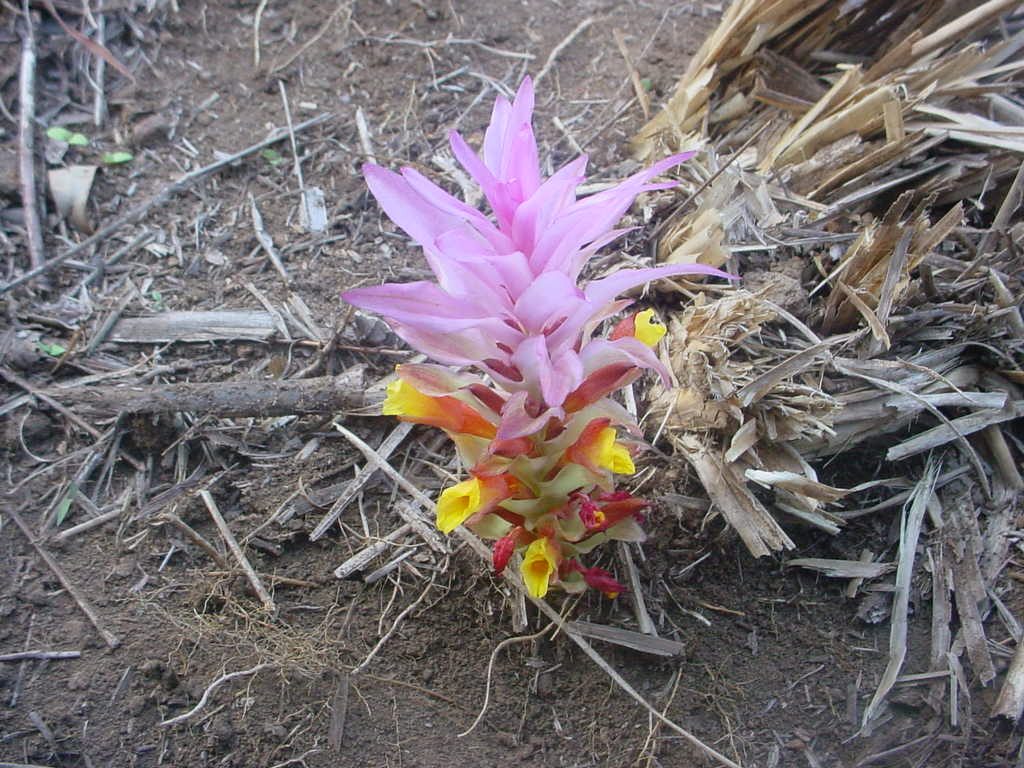Health & Biodiversity

Spices are proved to be the anti-cancer treasure house. The popular examples are Turmeric and Ginger for the anti-cancerous compound curcumin, and as a breast cancer super food respectively. Likewise, Piperine in the pepper is known for its action in inhibiting invasion of tumours, and the fruit extract of Garcinia, a common ingredient in fish curries in central Kerala is rich in hydroxy citric acid that is now being promoted for weight loss and as an anti-cancer extract.
In India, the Malabar- the well-known region from time immemorial as the ‘Spice Coast’ is the homeland for most of the important Indian spices such as pepper, cinnamon, cardamom, ginger, turmeric, and Camboge. Being the homeland of many spice species, the Malabar region has maximum diversity within and between spice species. This place dominates with the maximum number of wild pepper species and traditional cultivars of black pepper (Piper nigrum). There are over 300 traditional cultivars of Pepper ( Piper nigrum ) reported from the state of Kerala, apart from the fact that the genus is represented in the Western Ghats by 13 more species. The same is the case with Ginger (Zingiberofficinale) with 6 species, Turmeric (Curcuma longa) with 16 species, Cinnamon (Cinnamomumverum) with 12 species and Camboge with (Garciniagummi-gutta ) with 9 species and 2 varieties. Though Nutmeg (Myristicafragrans) is not native to the Western Ghats, Myristica has 3 species native to the Western Ghats. MSSRF’s study (1999-2005) showed 6 species and 24 traditional cultivars of Piper nigrum and 8 species in turmeric, 5 in ginger and 4 in Cinnamon in Wayanad district. Along with the high species diversity, another very important factor that makes this diversity invaluable is the high degree of endemism among all these genera. Piper has 8 endemic species (61 %), Zingiber three species (50%), Curcuma 8 species (50%), Garcinia 9 species (81%), Cinnamomum 7 species (58 %) and Myristica all the three species (100%). Though there are very many crop improvement programs being implemented, not many efforts were done on the documentation and conservation of Wild Spices. This number will rise if an earnest effort to update this list with recent records of district-level floristic explorations.
Wild Spice Gardens
The need for creating Wild Spice Gardens with the help of farmers as a complement to the in-situ efforts is very urgent. We also need to map the suitable phytogeographic regions to identify and declare the “Spice Genetic Reserves”, and to study the socio-economic value and wild extraction data including the threat of population erosion of the wild spices. The M. S. Swaminathan Botanic Garden (MSSBG) has now been in the process of establishing one such Garden in Wayanad, Kerala and some Spice Home Gardens in partnership with the ‘custodian farmers’ of this district.
Objectives
1. Survey and documentation of all the spice relatives native to the Western Ghats
2. Collection of propagules of the targeted species
3. Development of the Conservatory Garden at MSSBG and 10-12 Spice Gardens at Farmers level.
4. Preparation of supplementary materials such as identification labels,
5. Interactive communication materials, educational boards, pamphlets, brochures, etc.
6. Establishment of a nursery of the plants for distribution.
Outcome/ Offering A well- established display Garden and 10-12 Farmer level gardens with all the Wild Spices of the Western Ghats, especially of Malabar Coast which will facilitate the attraction of stakeholders such as researchers, students, the general public, forest and agricultural departments, etc. for promotion of conservation and sustainable utilization of this PGR group.

